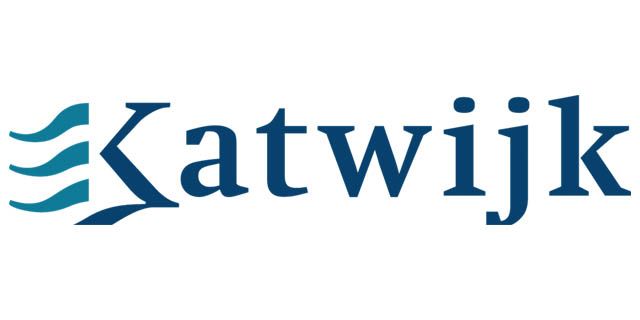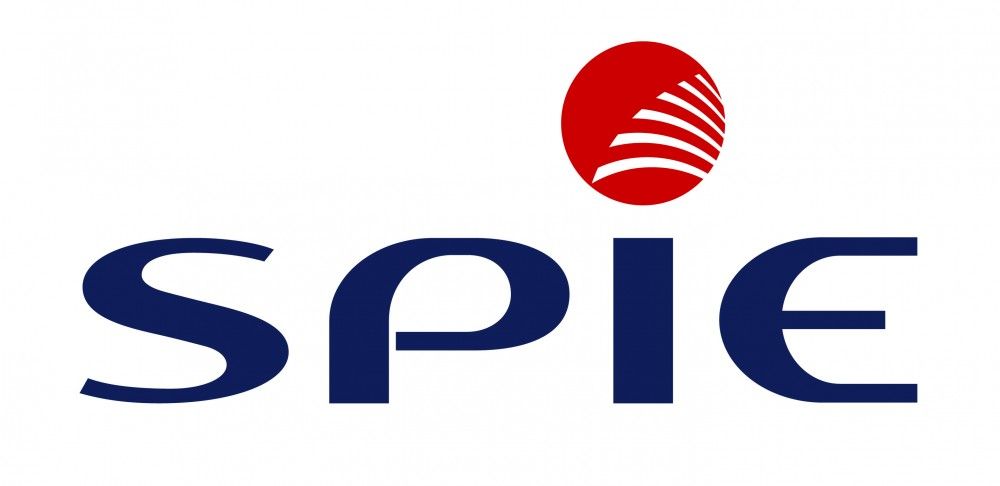Cursusbeschrijving
In this course, students will learn how to design and develop services that access local and remote data from various data sources. Students will also learn how to develop and deploy services to hybrid environments, including on-premises servers and Windows Azure.
{tab Doelgroep}This course is intended for both novice and experienced .NET developers who have a minimum of six months programming experience, and want to learn how to develop services and deploy them to hybrid environments.
{tab Voorkennis}- Experience with C# programming, and concepts such as Lambda expressions, LINQ, and anonymous types.
- Understanding the concepts of n-tier applications.
- Experience with querying and manipulating data with ADO.NET.
- Knowledge of XML data structures
Na het volgen van deze cursus is de cursist in staat om deel te nemen aan het examen 70-487
{tab Overige informatie} P>This course will be delivered with digital courseware. In order to have the best learning experience you are asked to bring your own second screen to view the courseware. A second screen includes: tablets and laptops. {/tabs} {slider Cursusinhoud|closed}Module 1: Overview of service and cloud technologies
This module describes the Microsoft data, service, and cloud stacks. It also describes the various components that comprise Windows Azure.
- Key Components of Distributed Applications
- Data and Data Access Technologies
- Service Technologies
- Cloud Computing
- Exploring Blue Yonder Airlines’ Travel Companion Application
- Describe the overall architecture of distributed applications.
- Describe the data platform technologies supported by Microsoft.
- Describe the different approaches and technologies used for developing services.
- Describe cloud computing concepts and the Windows Azure ecosystem.
Module 2: Querying and manipulating data using Entity Framework
This module explains howto create Entity Framework models and use them to query and manipulate data.
- ADO.NET overview
- Creating an entity data model
- Querying data
- Manipulating data
After completing this module, students will be able to:
- Describe how to use ADO.NET to query and manipulate data.
- Create entity data models using the different design approaches of Entity Framework.
- Query a database using various Entity Framework techniques.
- Manipulate data by using Entity Framework.
Module 3: Creating and consuming ASP.NET Web API services
This module explains how to create HTTP based services using the ASP.NET Web API.
- What are HTTP services?
- Creating an ASP.NET Web API service
- Handling HTTP requests and responses
- Hosting and consuming ASP.NET Web API services
- Describe the HTTP protocol and how it is used with REST.
- Create a basic ASP.NET Web API service by using routing, controllers, and actions.
- Convert HTTP request content to .NET objects and convert return values to responses.
- Host and consume ASP.NET Web API services in various server and client scenarios.
Module 4: Extending and securing ASP.NET Web API services
This module explains how to extend and secure ASP.NET web API services to support real world scenarios.
- The ASP.NET Web API request pipeline
- The ASP.NET Web API response pipeline
- Creating OData services
- Implementing Security in ASP.NET Web API services
- Injecting dependencies into controllers
- Describe how messages flow through the ASP.NET Web API request processing pipeline.
- Describe how messages flow through the ASP.NET Web API response processing pipeline.
- Create ASP.NET Web API OData services.
- Implement security in ASP.NET Web API services.
- Create a dependency resolver that injects dependencies into ASP.NET Web API controllers.
Module 5: Creating WCF services
This module explains howto create WCF services, host them, and consume them from other applications.
- Advantages of creating services with WCF
- Creating and implementing a contract
- Configuring and hosting WCF services
- Consuming WCF services
- Describe why and when to use WCF to create services.
- Implement a service using contracts.
- Host a WCF service with endpoint configuration in code and configuration file.
- Consume a WCF services from .NET clients.
Module 6: Designing and extending WCF services
This module explains how to design a WCF service contracts with duplex support, async operations, and one-way operations.It also explains how to create services that use various instancing and concurrency modes. In addition, it describes how to extend a WCF service with custom behaviors and runtime components.
- Applying design principles to service contracts
- Handling distributed transactions
- WCF pipeline architecture
- Extending the WCF pipeline
- Create service contracts that support service design principles.
- Create services that support distributed transactions.
- Describe the architecture of the WCF pipeline and how to control it with behaviors.
- Extend WCF with runtime components and extensible objects.
Module 7: Implementing Security in WCF services
This module explains how to implement security in WCF services by using transport and message security.It alsodescribes how toconfigure and implement authentication and authorization for a service.
- Transport security
- Message security
- Configuring service authentication and authorization
- Configure a service for transport security.
- Configure a service for message security.
- Authenticate and authorize users.
Module 8: Windows Azure Service Bus
This module explains how to use the Windows Azure Service Bus for advanced routing and messaging scenarios.
- Windows Azure Service Bus Relays
- Windows Azure Service Bus Queues
- Windows Azure Service Bus Topics
- Connect hybrid environments with Windows Azure Service Bus Relays.
- Use brokered messaging with Windows Azure Service Bus queues.
- Use subscription-based messaging with Windows Azure Service Bus topics.
Module 9: Hosting services
This module explains how to host services on various Windows Azure environments, such as Web Roles, Worker Roles, and Web Sites.
- Hosting services on-premises
- Hosting services in Windows Azure
- Describe the common on-premises hosting environments.
- Host a service in Windows Azure hosting environments.
Module 10: Deploying Services
This module explains how to deploy services to both on-premises and cloud environments.
- Web Deployment with Visual Studio
- Creating and deploying Web Application packages
- Command-line tools for web deployment packages
- Deploying to Windows Azure
- Continuous delivery with TFS and GIT
- Best practices for production deployment
- Deploy services from Visual Studio.
- Deploy services by using web deployment packages.
- Deploy services using command-line tools.
- Deploy services to Windows Azure environments.
- Ensure that Windows Azure deployments are up-to-date with continuous delivery.
Module 11: Windows Azure Storage
This module explains how to store and access data stored in Windows Azure Storage.It also explains how to configure storage access rights for storage containers and content.
- Introduction to Windows Azure storage
- Windows Azure Blob Storage
- Windows Azure Table Storage
- Windows Azure Queue Storage
- Restricting access to Windows Azure Storage
- Describe the reasons for using Windows Azure storage.
- Use blobs for storing resources.
- Use tables for storing structured, non-relational data.
- Use queues for sending and receiving messages asynchronously.
- Configure access level and shared access signatures for Windows Azure Storage services.
Module 12: Monitoring and diagnostics
This module explains how to monitor and log services, both on-premises and in Windows Azure.
- Performing diagnostics using tracing
- Configuring service diagnostics
- Monitoring IIS
- Monitoring services using Windows Azure diagnostics
- Debugging using IntelliTrace
- Collecting Windows Azure metrics
- Write diagnostics trace messages.
- Configure and monitor service diagnostic information.
- Monitor IIS-hosted services.
- Monitor Windows Azure applications using Windows Azure diagnostics.
- Debug services with IntelliTrace.
- Collect Windows Azure metrics.
Module 13: Identity management and access control
This module describes claim-based identity concepts and standards, and how toimplement federated authentication by using ACS to secure an ASP.NET Web API service.It also explains how to use ACS to secure Windows Azure Service Bus connections.
- Claim-based identity concepts
- Access Control Service
- Configuring services to use federated identities
- Handling federated identities in the client side
- Describe claim-based identity concepts.
- Describe the Access Control Service and its purpose.
- Configure a service to require federated identities.
- Configure a service client with federated identity
Module 14: Scaling Services
This module explains how to create scalable services and applications.
- Introduction to scalability
- Load balancing
- Scaling on-premises services with distributed cache
- Windows Azure caching
- Caveats of scaling services
- Scaling globally
- Describe the reasons and techniques for scaling services.
- Describe how load balancing can be used with on-premises and Windows Azure environments.
- Integrate a distributed cache mechanism into a service by using Windows Server AppFabric Cache.
- Describethe distributed cache solutions offered by Windows Azure.
- Understand the caveats of scaling out services and how to resolve them.
- Scale Windows Azure solutions outside of the data center.
- Query and manipulate data with Entity Framework
- Use ASP.NET Web API to create HTTP-based services and consume them from .NET and non-.NET clients
- Extend ASP.NET Web API services using message handlers, model binders, action filters, and media type formatters
- Create SOAP-based services with the Windows Communication Foundation (WCF) and consume them from .NET clients
- Apply design principles to service contracts and extend WCF services using custom runtime components and behaviors
- Secure WCF services using transport and message security
- Use Windows Azure Service Bus for relayed messaging and brokered messaging using queues and topics
- Host services on on-premises servers, and on various Windows Azure environments, such as Web Roles, Worker Roles, and Web Sites
- Deploy services to both on-premises servers and Windows Azure
- Store and access data in Windows Azure Storage, and configure storage access rights
- Monitor and log services, both on-premises and in Windows Azure
- Implement federated authentication by using ACS with ASP.NET Web API services
- Create scalable, load-balancedservices
Excel Training Volgen?
Benieuwd naar de mogelijkheden van een Excel training? Vraag vrijblijvend meer informatie aan en we sturen je binnen 24 uur meer informatie op!


























